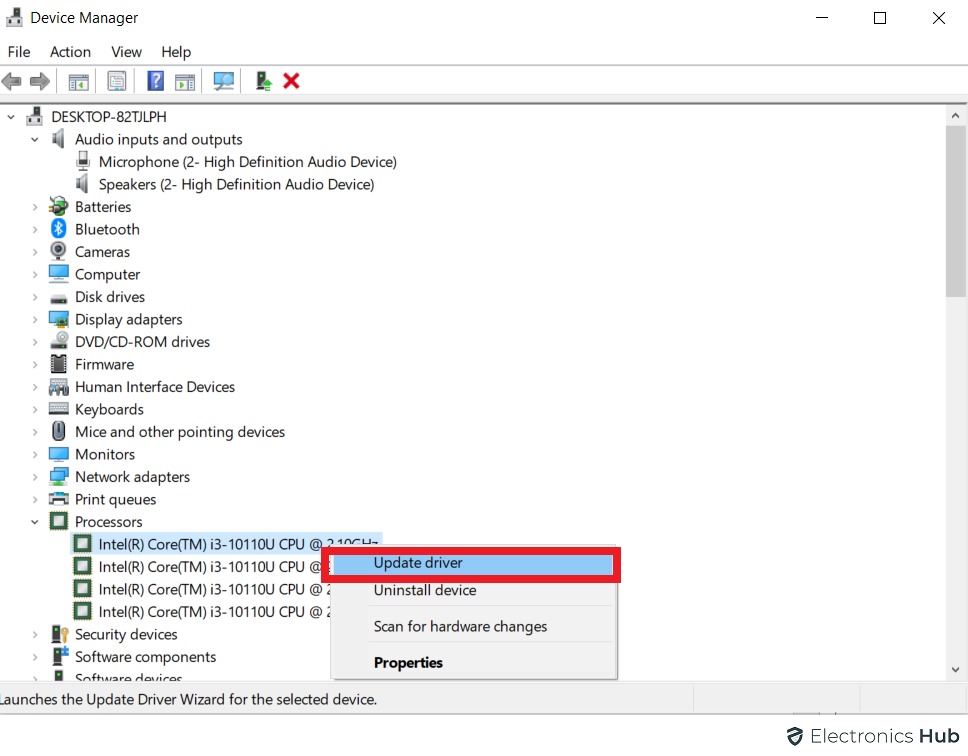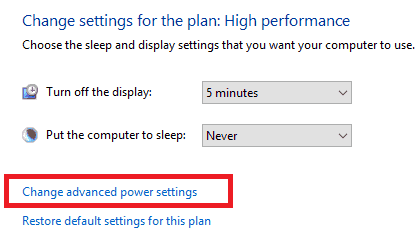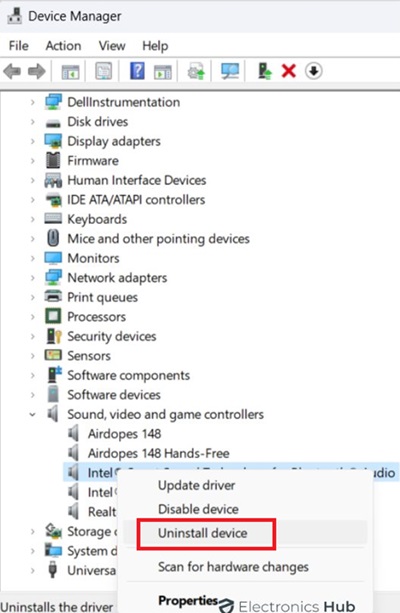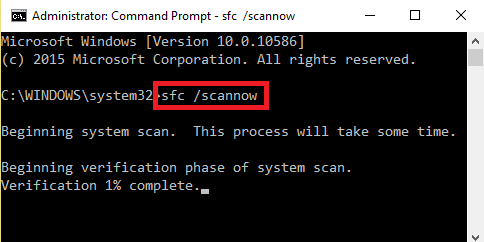The Driver Power State Failure error often stems from conflicts or issues related to device drivers, power settings, or system files. When you encounter a Driver Power State Failure, it typically means that a driver has caused the system to enter an inconsistent power state. This inconsistency can lead to system crashes, resulting in the infamous BSOD.
In case you have a personal laptop or desktop running Windows 10 or 11, you might have encountered the dreaded “Driver Power State Failure” Blue Screen of Death (BSOD) error. Fear not, as this blog post is here to guide you through 10 practical ways to fix the Driver Power State Failure BSOD error on your Windows system.
Outline
Toggle- Common Causes of Driver Power State Failure
- Method 1: Update Device Drivers
- Method 2: Check for Windows Updates
- Method 3: Adjust Power Settings
- Method 4: Uninstall Problematic Drivers
- Method 5: Perform a System File Check (SFC)
- Method 6: Check for Memory Issues
- Method 7: Perform a Clean Boot
- Method 8: System Restore
- Conclusion
Common Causes of Driver Power State Failure
To address the Driver Power State Failure error, it’s essential to identify its root causes. Several factors could trigger this issue, ranging from outdated or incompatible drivers to power-related conflicts. Here are the most common culprits:
- Outdated or Incompatible Drivers: One of the primary reasons for this error is using outdated or incompatible device drivers. When drivers are not in harmony with the operating system or other hardware components, it can lead to system instability.
- Power Settings Issues: Windows manages power settings to optimize energy consumption and performance. If there are discrepancies in these settings or conflicts between hardware components, it can result in the Driver Power State Failure error.
- Fast Startup Feature: While the Fast Startup feature aims to reduce boot times, it can sometimes create conflicts with certain drivers, triggering the BSOD error. Disabling this feature is a common solution to address such issues.
- Problematic Third-Party Drivers: Some third-party drivers may not be fully compatible with the Windows operating system, causing disruptions in power state transitions and leading to system crashes.
- Corrupted System Files: Damage to critical system files can also be a culprit. When these files are corrupted, the operating system may struggle to manage power states effectively, resulting in the dreaded BSOD.
Method 1: Update Device Drivers
Outdated or incompatible drivers are a common trigger for the Driver Power State Failure error. Keeping your drivers up-to-date ensures compatibility with the latest Windows updates and can resolve potential conflicts. Follow these steps to update your device drivers:
- Press Win + X and select “Device Manager.”
- Locate the device categories, right-click on a device, and choose “Update driver.”
- For graphics drivers, visit the manufacturer’s website (NVIDIA, AMD, Intel) and use their automatic update tools.
Method 2: Check for Windows Updates
- Navigate to “Settings” and select “Update & Security.”
- Click on “Check for updates” and let Windows search for available updates.
- If updates are available, click “Install” to ensure your operating system is up-to-date.
- After installing updates, restart your computer to apply the changes effectively.
Method 3: Adjust Power Settings
Customizing power settings can mitigate conflicts and contribute to stable system performance. Follow these steps to adjust your power settings:
- Right-click on the Start button and select “Power Options.”
- Choose a power plan that suits your needs. “Balanced” is often a good choice.
- Click on “Change plan settings” next to your selected plan.
- Click on “Change advanced power settings” to access detailed settings.
- Modify settings such as sleep, power buttons, and PCI Express to prevent conflicts.
- Click “Apply” and then “OK” to save your changes.
Method 4: Uninstall Problematic Drivers
Problematic drivers can often cause the Driver Power State Failure error. Uninstalling and reinstalling these drivers can help resolve the issue. Here’s how to do it:
- Press Win + X and select “Device Manager” from the menu.
- Expand the categories to find the problematic drivers (usually marked with a yellow exclamation mark).
- Right-click on the problematic driver and select “Uninstall device.”
- If prompted, confirm the uninstallation and follow the on-screen instructions.
- After uninstalling the driver, restart your computer to complete the process.
Method 5: Perform a System File Check (SFC)
Corrupted system files can contribute to the Driver Power State Failure error. Performing a System File Check (SFC) helps identify and repair such issues:
- Right-click on the Start button and choose “Command Prompt (Admin)” or “Windows PowerShell (Admin).”
- Type sfc /scannow and press Enter. This command will scan and repair corrupted system files.
- The scan may take some time. Allow it to complete without interruption.
- After the scan, review the results. If any issues are found and fixed, restart your computer.
Method 6: Check for Memory Issues
Memory problems can contribute to system errors, including the Driver Power State Failure. Checking for memory issues can help identify and resolve potential problems. Follow these steps:
- Press Win + R to open the Run dialog.
- Type mdsched.exe and press Enter to run the Windows Memory Diagnostic tool.
- Choose to restart and check for problems immediately or schedule the tool to run at the next restart.
- After the computer restarts, the tool will run a memory check. Review the results once the process is complete.
- If memory issues are detected, you may need to replace or upgrade your system’s memory modules.
Method 7: Perform a Clean Boot
A Clean Boot helps identify and eliminate software conflicts that might be causing the Driver Power State Failure error. Follow these steps to perform a Clean Boot:
- Press Win + R to open the Run dialog.
- Type msconfig and press Enter to open the System Configuration window.
- Under the General tab, select “Selective startup” and uncheck “Load startup items.”
- Go to the Services tab, check “Hide all Microsoft services,” and then click “Disable all.”
- Click “Apply” and then “OK” to apply the changes.
- When prompted, restart your computer.
Method 8: System Restore
If all else fails, utilizing System Restore can revert your system to a previous state, potentially eliminating the Driver Power State Failure error. Follow these steps:
- Press “Win + R “to open the Run dialog.
- Type “ rstrui “ and press Enter to open the System Restore window.
- Click “Next” and choose a restore point from the list. Ensure to select a point before the appearance of the Driver Power State Failure error.
- Click “Finish” to confirm your chosen restore point.
Conclusion
If, after trying all the methods, the issue persists, it might be advisable to seek assistance from professional support or forums where experts can provide personalized guidance based on your system’s unique configuration.
By proactively addressing the Driver Power State Failure error, you not only resolve the immediate issue but also contribute to the overall health and performance of your Windows system.










